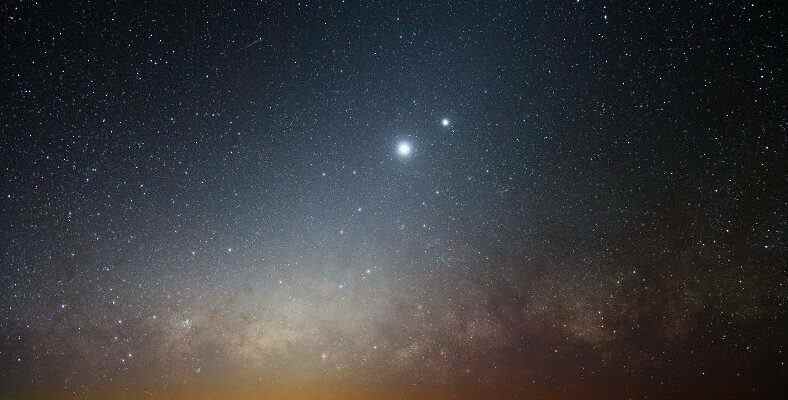Polaris, also called the Pole or the North Star, has been standing in the sky for thousands of years and showing us the way. So how long will the Polaris Pole Star stay there? We have shared all the details about Polaris with you by evaluating the explanations of the experts.
You can change your home, work, circle of friends and even yourself a little bit, but when you turn your eyes to the north of the sky after dark at night, it is always there. Knowing that you will encounter the Polaris Pole Star it will give you confidence. Polaris Pole Star For thousands of years, it has guided all travelers, especially sailors, and adventurers who have lost their way, giving them the same confidence that it gave us.
Located in the northern part of the sky over the Northern Hemisphere called the North Celestial Pole Polaris wasn’t always the Pole Star. Thousands of years ago, we gave this name to another star, and thousands of years from now we will give this name to another star. Polaris Pole Star We shared all the remarkable details about the astronomers as a result of their observations.
What is the Polaris “Pole Star”?
To make a general definition before going into details, Polaris; Also called the North or Pole Star, it is the name given to the constellation located in the North Celestial Pole on the Northern Hemisphere, always pointing towards the north in a constant and bright way. Yes, Polaris is not made up of a single star. To us The Pole Star, which always points north, it is actually a constellation of three different stars.
The trio we call the Pole Star, located between the Ursa Minor constellation; It consists of the stars Polaris A, Polaris Ab and Polaris B. The Polaris Pole Star is also very close to a group of stars called the Big Dipper. Although we know him as the brightest star, in fact It is the 50th brightest star. Perhaps the reason we know it as its brightest is because we have been seeing it for thousands of years.
If you know which direction the Pole Star is pointing, you know everything:
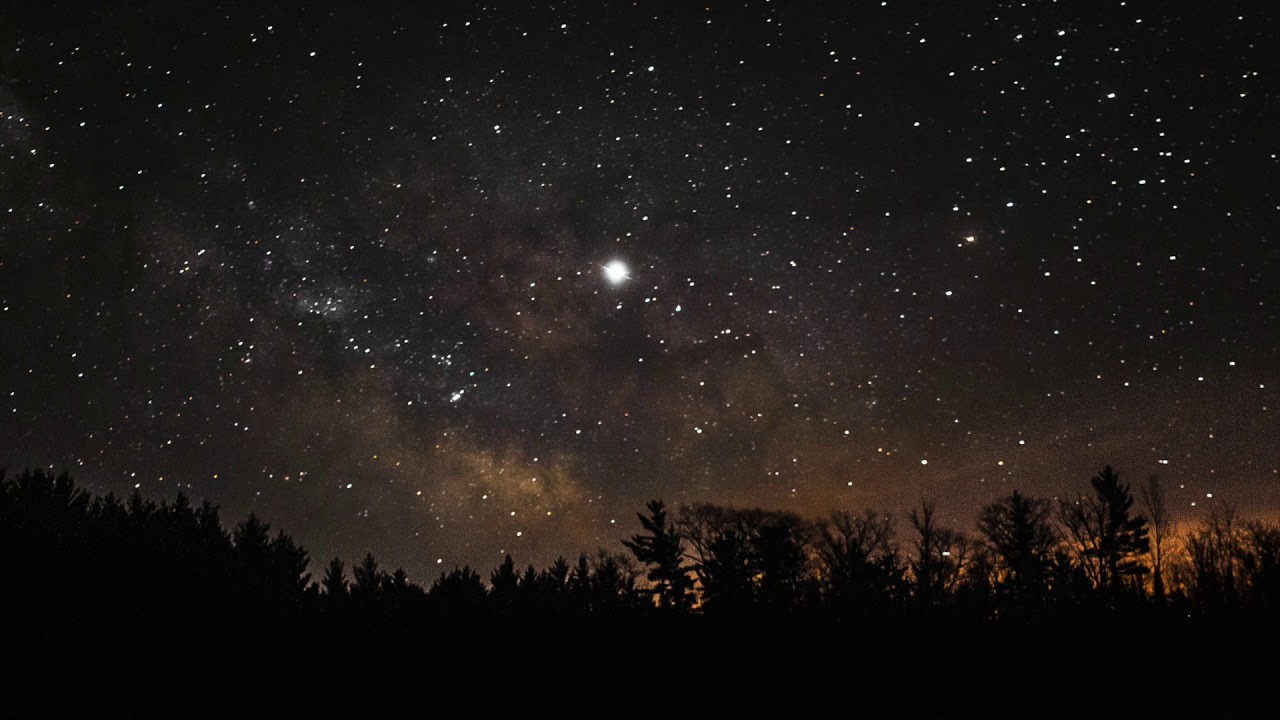
Staring at us in all its majesty for thousands of years in the North Celestial Pole on the Northern Hemisphere, the Polaris Polar Star, It points exactly north with a deviation of about 0.45 degrees. To find the latitude of your location, simply measure the angle between the northern horizon and Polaris.
When you face the Pole Star and open your arms to both sides, your front is north, your back is south, your right is east and your left is west. When you look at Polaris from the equator When you look at Polaris from the North Pole, you will see that it is right above you, at 90 degrees.
The Polaris Pole Star is known to everyone, as most people on Earth live in the Northern Hemisphere. For those living in the Southern Hemisphere They don’t have any Southern Star they can use to navigate. They can’t even see Polaris. Southern Hemisphere people will not see such a star for another 2,000 years.
The Pole Star is far, far away from us:
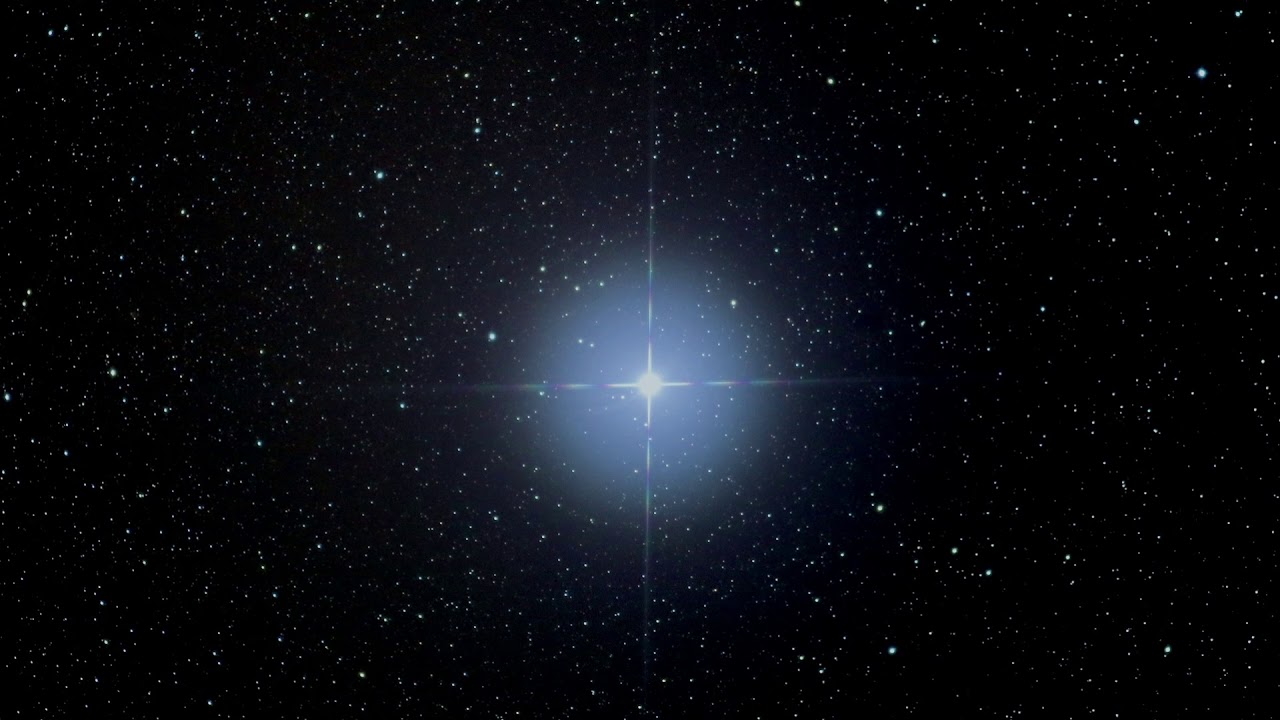
Polaris consists of three different stars a small constellation We said it was. One of these three, Polaris A, is about six times larger than the Sun. Polaris Ab is 2 billion years older than Polaris A. The distance between Polaris A and Polaris B is estimated to be about 240 billion miles. Polaris A and Polaris B are dwarf stars with the same temperature.
With Polaris, which we call the Pole Star and formed by this trio, We are about 430 light years apart. is estimated. Polaris is a supergiant star and its full luminosity is equivalent to about 2500 solar luminosity. There is no other explanation for how it can shine so strong even from so many light years away.
The history of the Pole Star isn’t just Polaris:
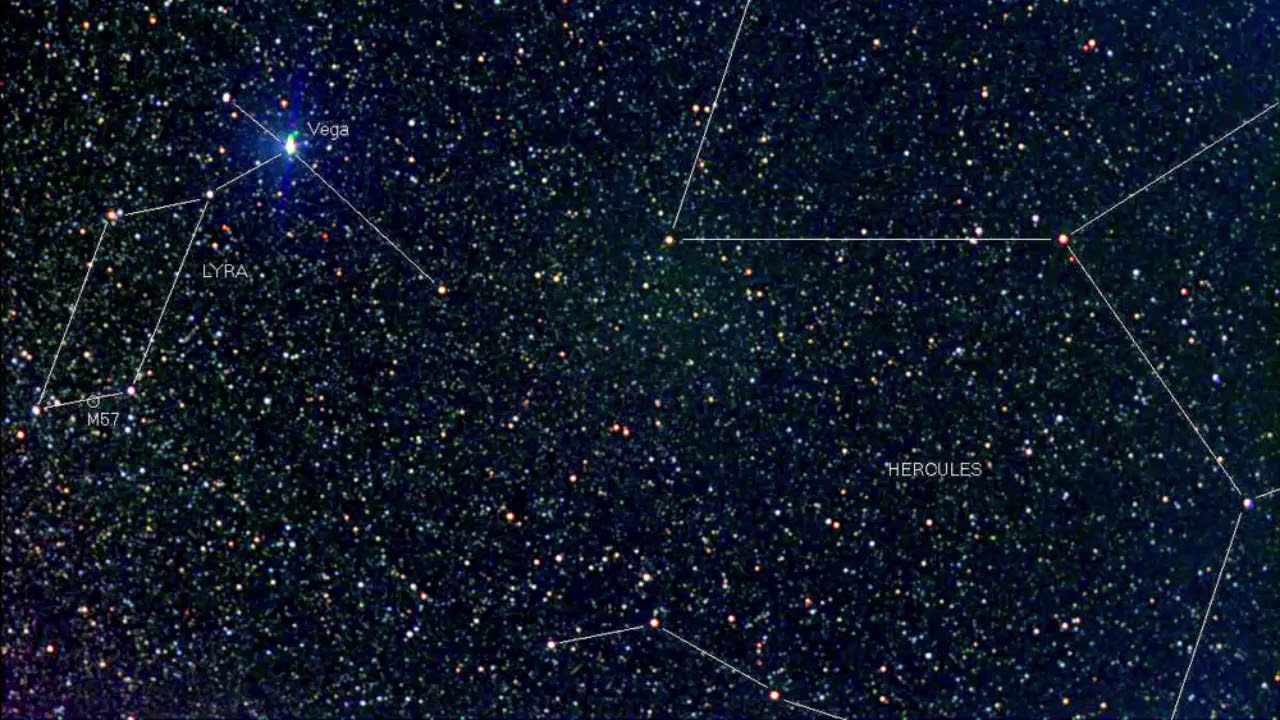
Since the day they existed, people have looked to the sky for many different reasons and found their way with the help of the stars, prepared a calendar, established an agricultural order and even made prophecies. However, when we look north, the star we see and call the Pole Star, it wasn’t always Polaris. About 5,000 years ago, the Pole Star for the Egyptians was a star called Thuban in the constellation Draco the Dragon.
Thuban wasn’t even as bright as Polaris, but according to the terms of the time, it was the Pole Star. As the stars move just like everything else in space, after a while Thuban was replaced by our current star, Polaris. Same way about 10,000 years from now In addition, Polaris will be replaced by a star called Vega in the constellation Lyra. Moreover, Vega will be the brightest Pole Star ever seen.
Is the Pole Star moving?
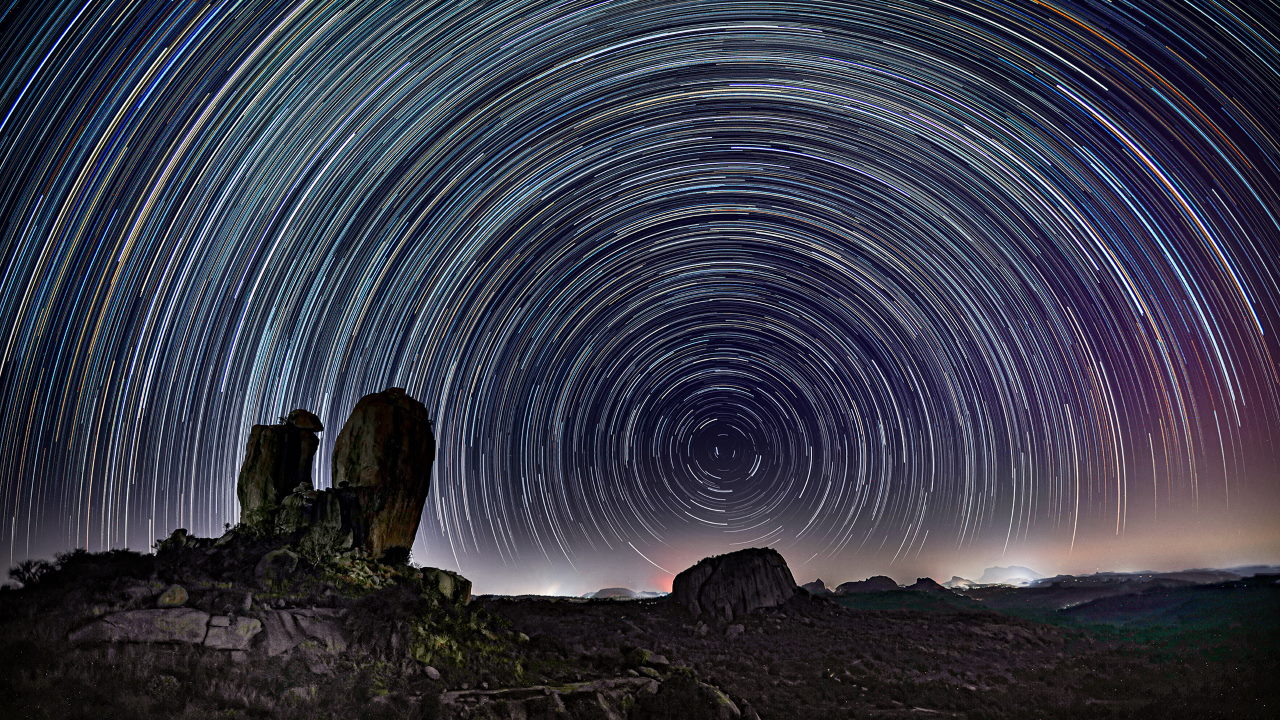
Like everything in space, the Polar Star Polaris moves. Besides If you look carefully You can see this move. As a result of the series of photos or videos taken with the Polar Star in focus, it has been seen that Polaris draws a small circle by moving around itself.
In fact, we can see the movement of all the stars, but there is such a great distance between us that we cannot perceive it with our eyes. Sometimes we can see the movement of other stars other than Polaris for different reasons. If we live long enough and if we don’t take our eyes off Polaris for a moment we may witness its destruction and the passing of Vega.
Is the Pole Star enough to navigate?
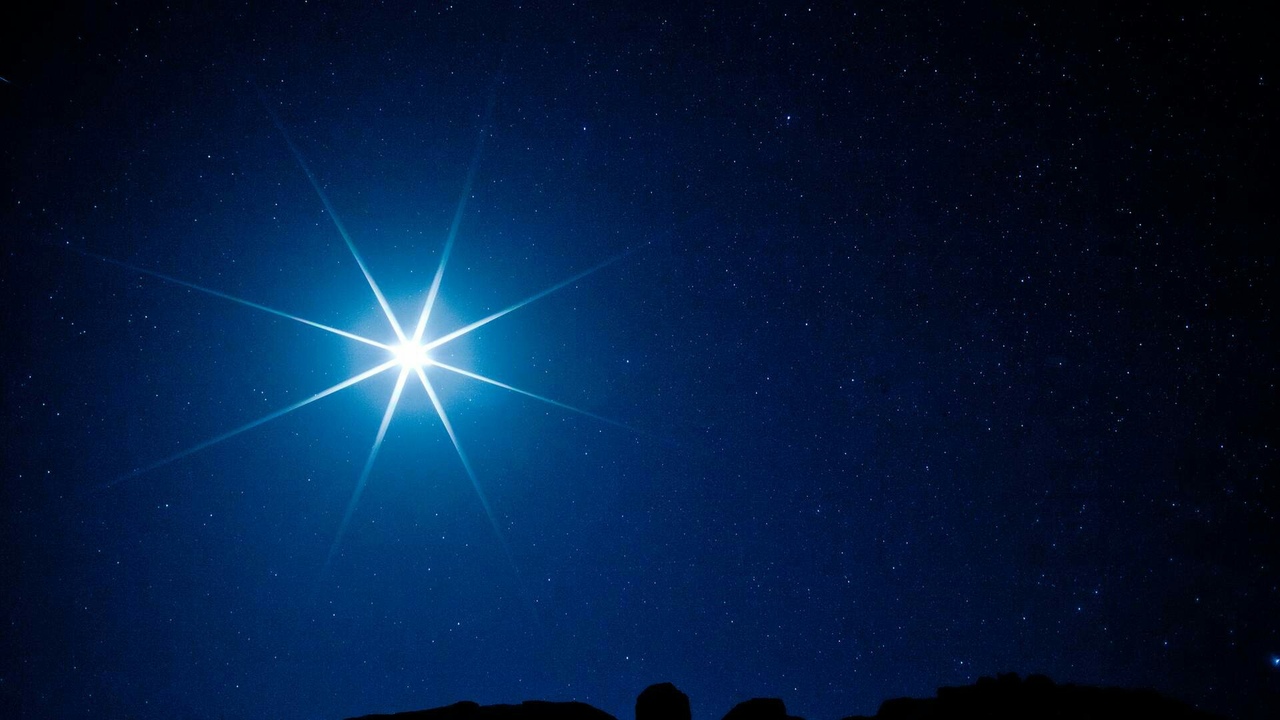
Whether the Polar Star Polaris is capable of navigating depends on exactly how pinpointed you want to find a direction. The Pole Star always points north. Your front is north, your back is south, your right is east, and your left is west. So when you find Polaris, you have a primitive compass.
For sailors of the past, this primitive compass method was a life saver. Finding the latitude by calculating the angle between the Pole Star and the northern horizon was an event that would be considered almost a miracle for a period. However, exact location detection possible by the intersection of latitude and longitude. For this reason, knowing only latitude did not serve sailors for thousands of years. In the middle of the 1700s, only with modern wayfinding methods, maritime could gain some speed.
Despite everything, the Polaris Pole Star has been in its place for thousands of years, and it will remain for thousands of years. fascinates people. The balance of nature does not change even in space; a star dies, another takes its place with all its brilliance. What does not change is the bright light that we see in that north that never goes out.
